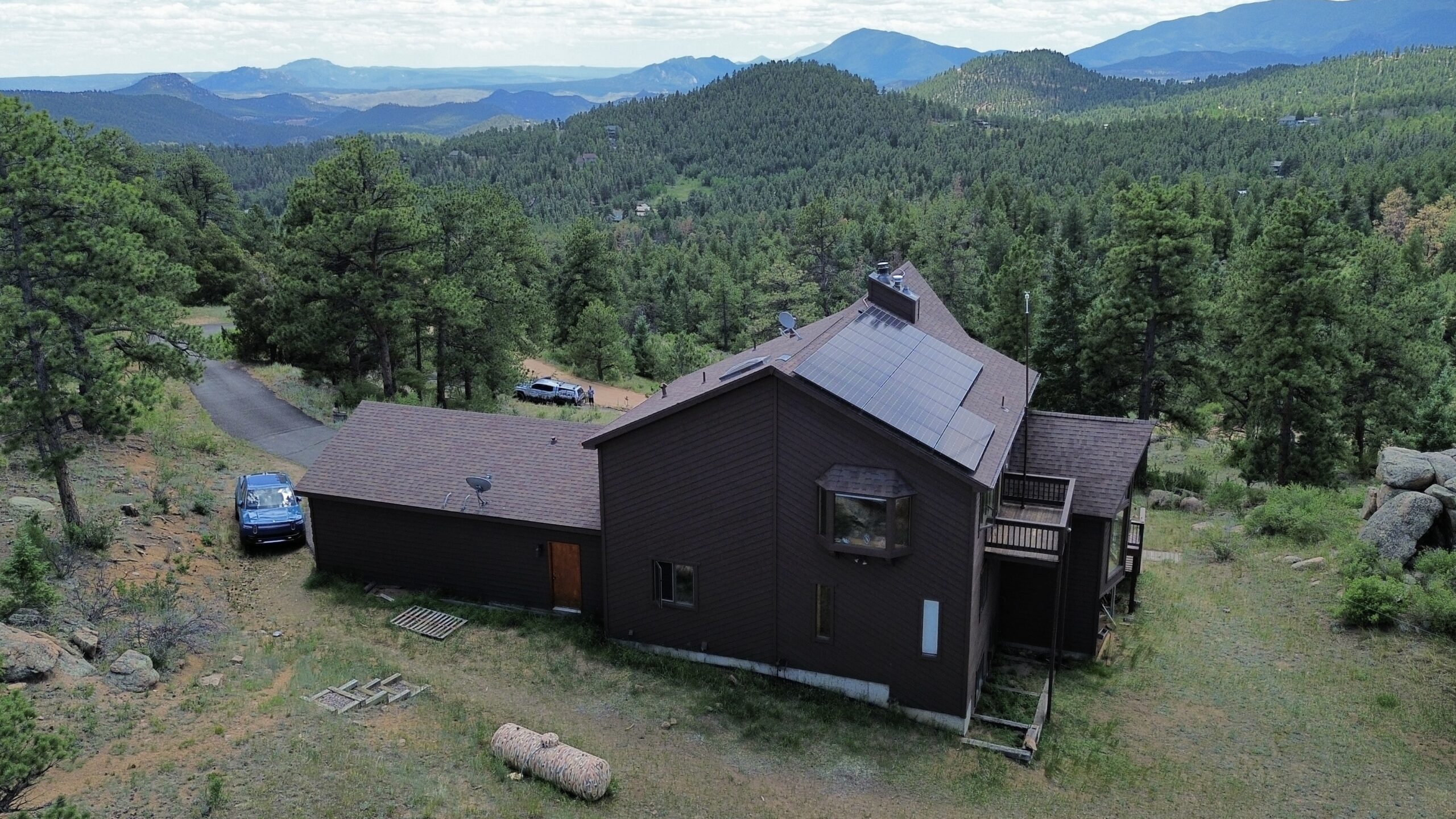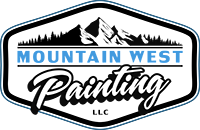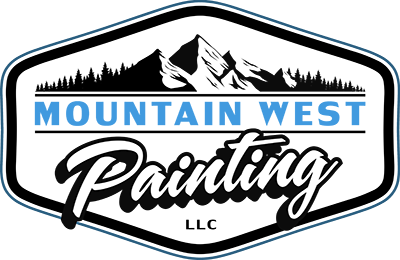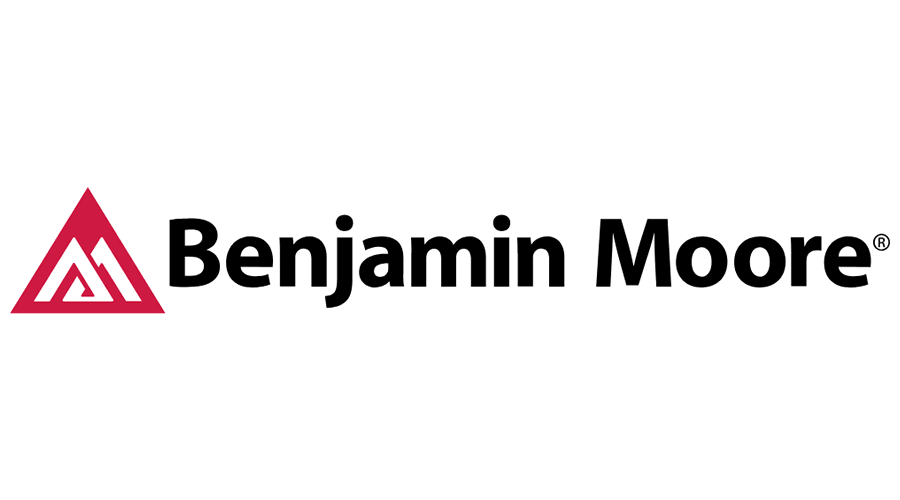Paint film formation is the process by which liquid paint transforms into a solid, protective, and decorative layer. While it seems simple—apply, dry, done—the science behind how paint adheres, hardens, and performs is far more complex. The paint film’s durability, adhesion, resistance to weather, and aesthetic quality all depend on what happens between the moment paint touches the surface and the moment it fully cures.
When paint film formation is disrupted—by moisture, improper prep, incorrect temperatures, or incompatible products—it leads to early coating failure. Symptoms include peeling, bubbling, chalking, and a host of long-term maintenance problems.
This article explains:
-
The chemistry and physical stages of paint film formation
-
How different products (latex, oil-based, elastomeric) behave during the process
-
The environmental and surface conditions that influence results
-
Application best practices for successful exterior projects
-
What happens when paint film formation goes wrong
What Is Paint Film Formation?

Paint as a Suspension
Paint isn’t a simple liquid—it’s a suspension of solid particles and chemical binders in a carrier fluid. Most paints contain:
-
Pigments (color and opacity)
-
Binders (form the film and provide adhesion)
-
Solvents or water (control application viscosity)
-
Additives (enhance performance: UV resistance, mildew resistance, flow, etc.)
At application, paint is in a fluid state. Once applied, the binder system—through physical or chemical processes—transforms the coating into a continuous, solid paint film that adheres to the substrate.
Stages of Paint Film Formation
-
Solvent or Water Evaporation – As the carrier leaves the system, the paint begins to dry.
-
Binder Coalescence or Curing – Particles fuse (in latex paints) or react chemically (in oil-based) to form a solid film.
-
Film Formation and Adhesion – A continuous, stretchable, and bonded film forms across the surface.
-
Full Cure – The paint film reaches its designed hardness, durability, and resistance. This can take days or weeks.
Two Primary Film Formation Mechanisms
-
Coalescence (Latex and Acrylic Paints)
These water-based paints form films when water evaporates and polymer particles merge into a solid matrix. -
Oxidation and Polymerization (Oil-Based Paints)
These paints cure by reacting with oxygen in the air. As the solvent evaporates, the oil-based resins undergo cross-linking to form a hardened film.
Product-Specific Paint Film Behaviors
Different types of exterior coatings form films in different ways. Understanding how each behaves helps professionals choose the right product for the substrate, climate, and performance goals.
100% Acrylic Latex Paints
These are the most commonly used for exterior applications. Acrylic resins offer flexibility, UV resistance, and excellent adhesion. Paint film forms quickly through evaporation and coalescence, making them well-suited for a variety of climates—but especially effective in moderate, dry conditions.
| Product Name | Manufacturer | Key Film Properties |
|---|---|---|
| Duration® Exterior Acrylic | Sherwin-Williams | Self-priming, flexible, moisture-resistant |
| Aura® Exterior | Benjamin Moore | Quick drying, color-lock technology |
| Marquee® Exterior | BEHR | Dirt- and fade-resistant with mildew protection |
These paints require correct humidity and temperature to allow the water to evaporate slowly and evenly. If applied too cold or too humid, the binder particles won’t fuse properly, leaving a weak or powdery film.
Elastomeric Coatings
Elastomeric paints are designed for flexibility. They’re ideal for stucco, concrete, and masonry where substrate expansion and contraction are common. They form thick, elastic paint films that bridge small cracks and resist water intrusion.
However, they need a high build (film thickness) and longer drying and curing times. Fast evaporation or poor prep can cause skinning or delamination.
| Product Name | Type | Key Film Features |
|---|---|---|
| ConFlex XL® High Build | Sherwin-Williams | Crack-bridging, high-elongation film |
| BEHR Elastomeric Masonry Paint | BEHR | Waterproof, flexible, mildew-resistant |
| PPG Permalast® | PPG | UV-stable elastomeric coating for harsh climates |
Oil-Based Exterior Paints
Although less popular today due to VOC regulations and drying time, oil-based products are still used for trim, metal, and specialty projects. Their paint film forms through oxidative curing, where the oils react with oxygen to solidify.
These films can be more brittle over time and yellow slightly with age, but they’re valued for smooth leveling and high adhesion on certain substrates.
Example:
-
Rust-Oleum® Protective Enamel (often used on exterior metal railings, fences, or marine hardware)
Factors That Influence Film Formation on Exterior Surfaces
Film formation is highly dependent on environmental and surface conditions. Professionals monitor multiple variables before painting to prevent failure.
Temperature
-
Optimal Range: 50°F to 90°F (10°C to 32°C)
-
Below 50°F: Coalescence slows down; polymers don’t form a strong film
-
Above 90°F: Solvents evaporate too quickly, leading to “skinning” and poor adhesion
Humidity
-
High humidity slows water evaporation, delaying coalescence in latex paints
-
Low humidity may cause a “skin” to form on the surface before the entire layer coalesces—leading to cracking
Surface Moisture and pH
Moist substrates interfere with film adhesion and promote blistering.
-
Wood: must be below 15% moisture
-
Masonry/stucco: must cure at least 28 days and be tested for pH (ideal <10)
High pH can prevent latex binders from coalescing, especially on fresh cementitious substrates.
Wind and Direct Sunlight
Wind accelerates drying at the surface, preventing even coalescence throughout the film. Sunlight heats surfaces unevenly, especially darker substrates. This leads to poor bonding and premature film breakdown.
Service-Specific Best Practices to Ensure Proper Film Formation

Surface Preparation
-
Pressure washing or detergent cleaning removes dirt, chalk, and loose particles
-
Mold/mildew treatment is mandatory in humid regions
-
Glossy surfaces should be scuffed or sanded for mechanical adhesion
-
Moisture content should be tested with a digital meter before priming or painting
Weather Monitoring
-
Use infrared thermometers to verify surface temperature—not just air temperature
-
Monitor dew point and humidity
-
Avoid painting if rain or overnight dew is expected within 24 hours
Proper Film Thickness and Application Technique
Professional painters use wet film thickness (WFT) gauges during application. This ensures the product is applied at the recommended spread rate (usually in mils).
-
1 mil = 0.001 inch
-
Latex paints typically require 3–5 mils WFT per coat
-
Elastomeric coatings may require 10–20 mils WFT
Multiple thin coats form a stronger, more flexible film than a single thick coat.
System Compatibility
-
Use primer and topcoat from the same brand/product system
-
Avoid switching from latex to oil-based paint without a bonding primer
-
When recoating, confirm the underlying film is stable and compatible
Common Paint Film Formation Failures and Causes
Film formation problems can take weeks or months to reveal themselves—but they often trace back to improper application or substrate conditions.
Peeling and Flaking
Usually occurs where the paint never bonded to the surface. Caused by:
-
Dirty or chalky substrate
-
Moisture behind the film
-
Applying incompatible layers (e.g., oil over latex)
Chalking
A white, powdery residue on the surface caused by binder degradation. This results from:
-
Excess UV exposure
-
Low-quality binders
-
Premature paint application before full cure
Alligatoring
The surface resembles reptile skin—deep cracks in the film due to:
-
Topcoat drying before the undercoat
-
Repainting too soon after previous coat
-
Poor adhesion between layers
Blistering and Bubbling
Formed by vapor or moisture trapped beneath the film, expanding and lifting the surface. Often caused by:
-
Painting over wet substrate
-
Hot surfaces creating vapor pressure
-
High humidity during drying
People Also Ask (FAQ)
Q1: What is the difference between drying and curing in paint?
Drying refers to solvent or water evaporation. Curing involves chemical reactions (oxidation or coalescence) that give the paint its final properties. A paint film may feel dry but still be curing for days or even weeks.
Q2: Why did my paint peel even though it was labeled “exterior grade”?
Paint grade does not override bad prep. Peeling is often caused by moisture, improper primer selection, or applying under unsuitable weather conditions that disrupted paint film formation.
Q3: What is the ideal temperature for exterior painting?
Between 50°F and 90°F. Below 50°F, latex paints may not coalesce properly. Above 90°F, solvent evaporation is too fast and can cause adhesion failure.
Q4: Can I paint exterior walls right after rain?
No. Surfaces must be completely dry. For wood and masonry, test with a moisture meter. Trapped moisture leads to blistering, bubbling, and peeling.
Q5: Does primer affect the paint film formation process?
Absolutely. Primer controls absorption, enhances adhesion, and helps stabilize substrate pH. Using the wrong primer—or skipping it—often leads to film failures even when the topcoat is high quality.
Why Paint Film Matters

The paint film is more than just color—it’s the protective envelope shielding your building from moisture, sun, and environmental stress. If it doesn’t form correctly, you’re left with costly failures.
Proper paint film formation requires more than a brush and a bucket:
-
Clean, dry, and stable substrates
-
Correct environmental conditions
-
Compatible primer-topcoat systems
-
Adherence to manufacturer specs on spread rate and thickness
Even premium coatings will fail without the right preparation and service expertise.




